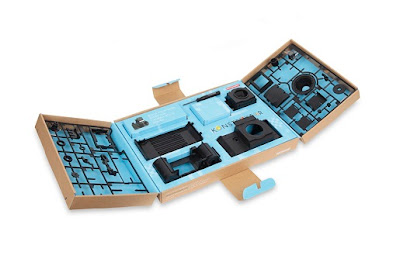


With this latest version of the 7D, Canon refocused on the action photographer, all but ignoring the video advancements of competitors with similarly-priced cameras. In fact, it could be seen as a mistake, as the advanced (at the time) video capabilities of its DSLRs made those cameras popular amoung shooters, which likely ate into its pro video profits. The realityĬanon's 5D Mark II kicked off the HDSLR revolution, but it wasn't planned. But with the Panasonic GH4, Sony A7s, and the recently announced Samsung NX1 (also billing itself as an APS-C sports photog's camera, but with potentially more advanced sensor tech) all supporting some variant of 4K recording, either internally or externally, one wonders exactly what Canon's play is here. Of course, I think we were all hoping Canon would feature some video recording option at resolutions above 1080p (4K would have been nice, or even QHD 2.5K), but the 7D Mark II will cap resolution at 1080P, although it does add 60fps recording and official support for uncompressed HD out through HDMI.

(We've included the full press release on Page Two, for a complete run-down of specs.) New generation, old video The actual Canon 7D Mark II features a 20.2 MP sensor, ISO 100-160000, 10fps still image capture, a 65-point autofocus system (Dual Pixel), and a GPS receiver in a magnesium alloy body. For video shooters, sadly, that rumor is true. Although the rumors of a new 7D have been circulating literally for years now, the rumblings leading up to Photokina were of a camera like the 1DC, but possilby without 4K recording. But what does its confirmed spec list say about the company's intentions?Īt the tail-end of this year's IBC and start of Photokina, Canon has finally released the next iteration of its 7D line of APS-C sports photography cameras, the 7D Mark II. Canon finally shows off its long-awaited successor to the 7D, the 7D Mark II.


 0 kommentar(er)
0 kommentar(er)
